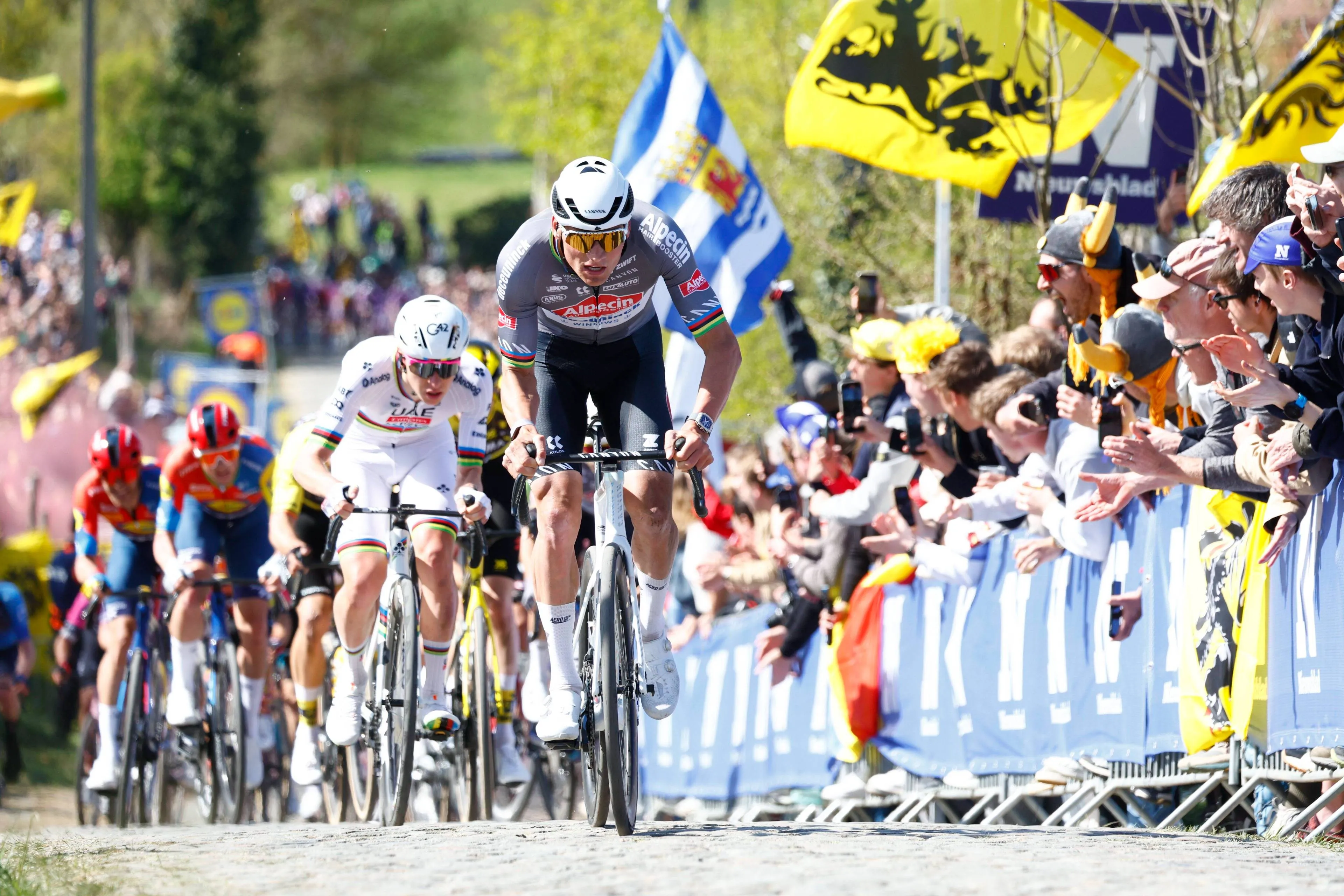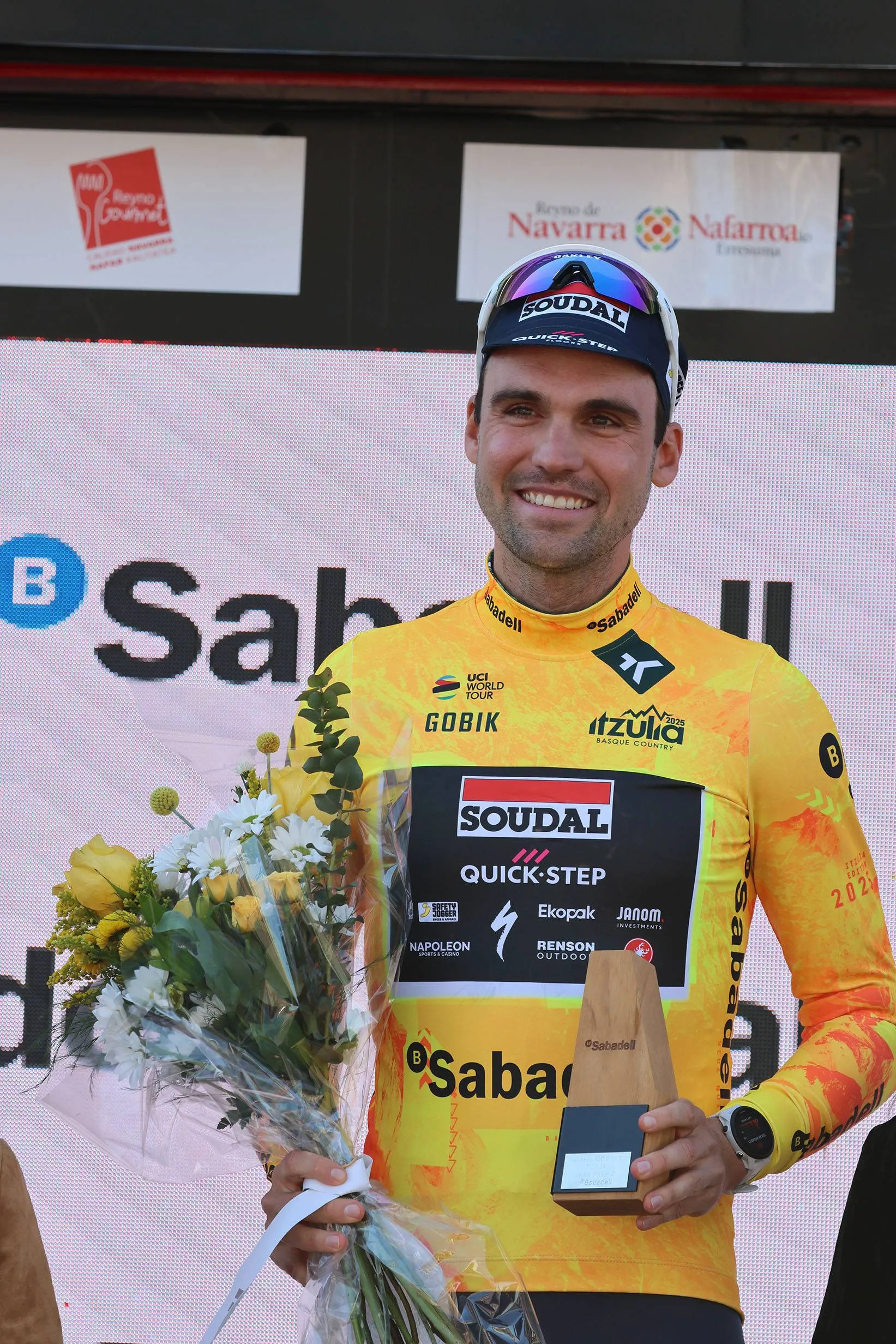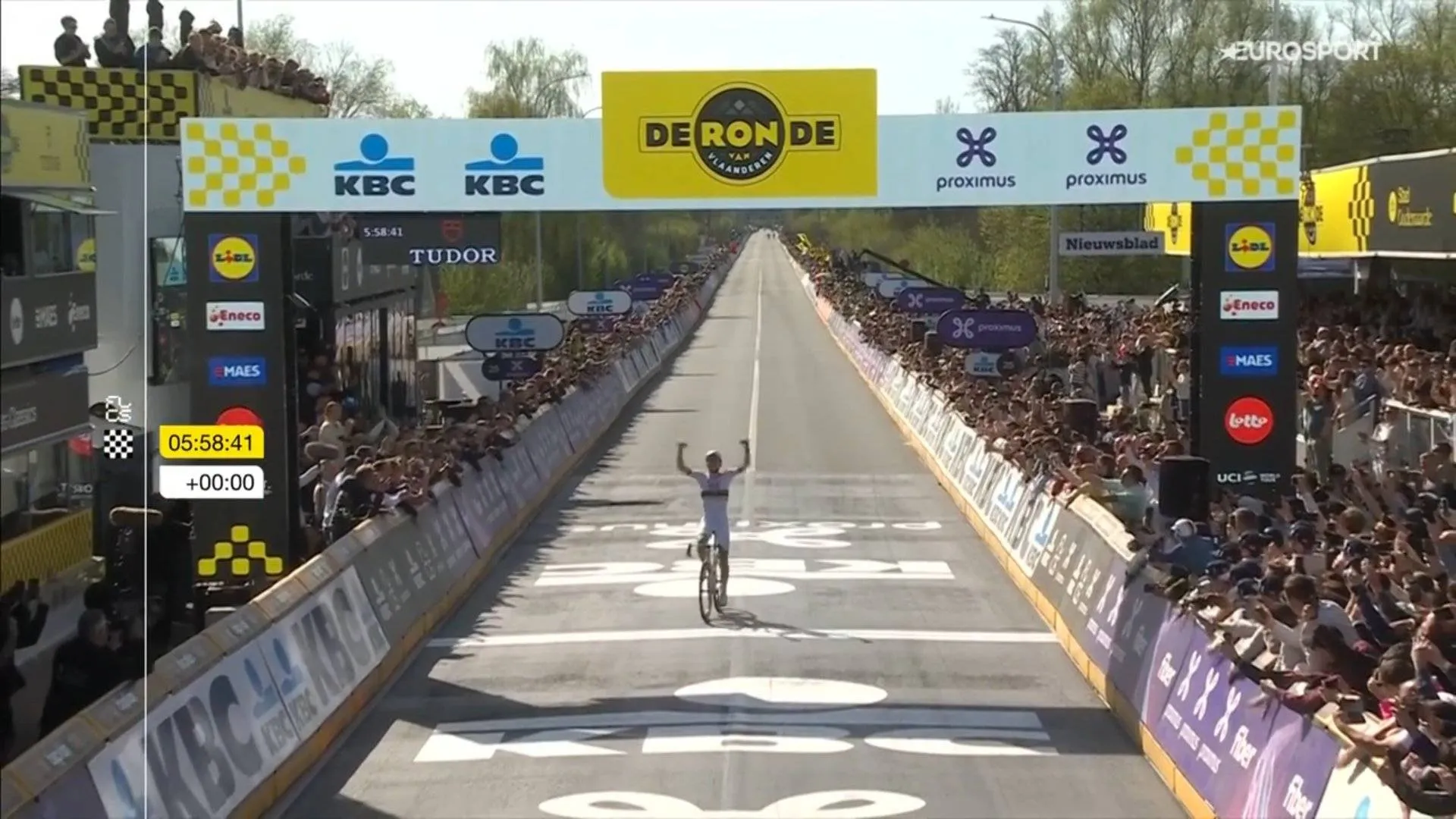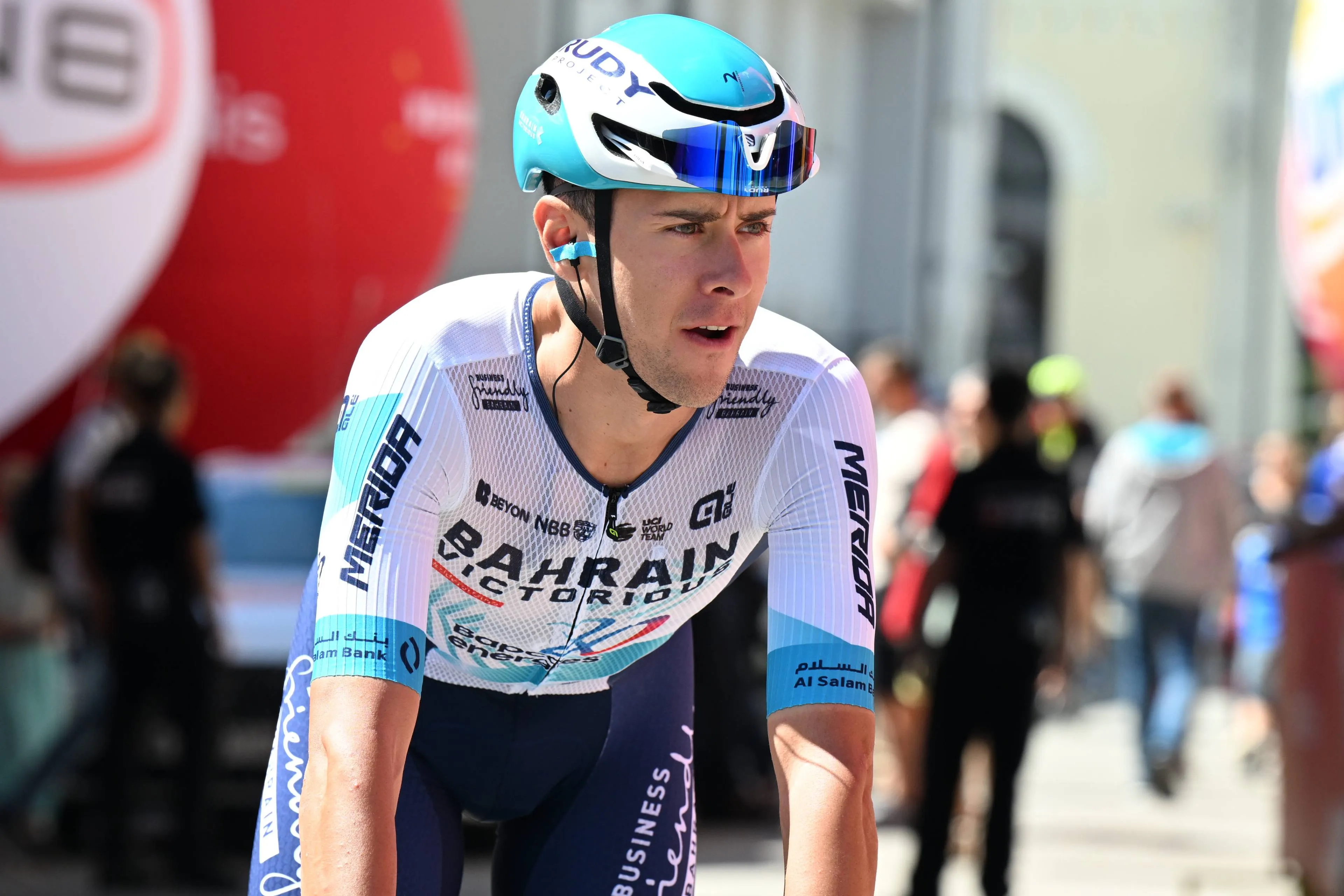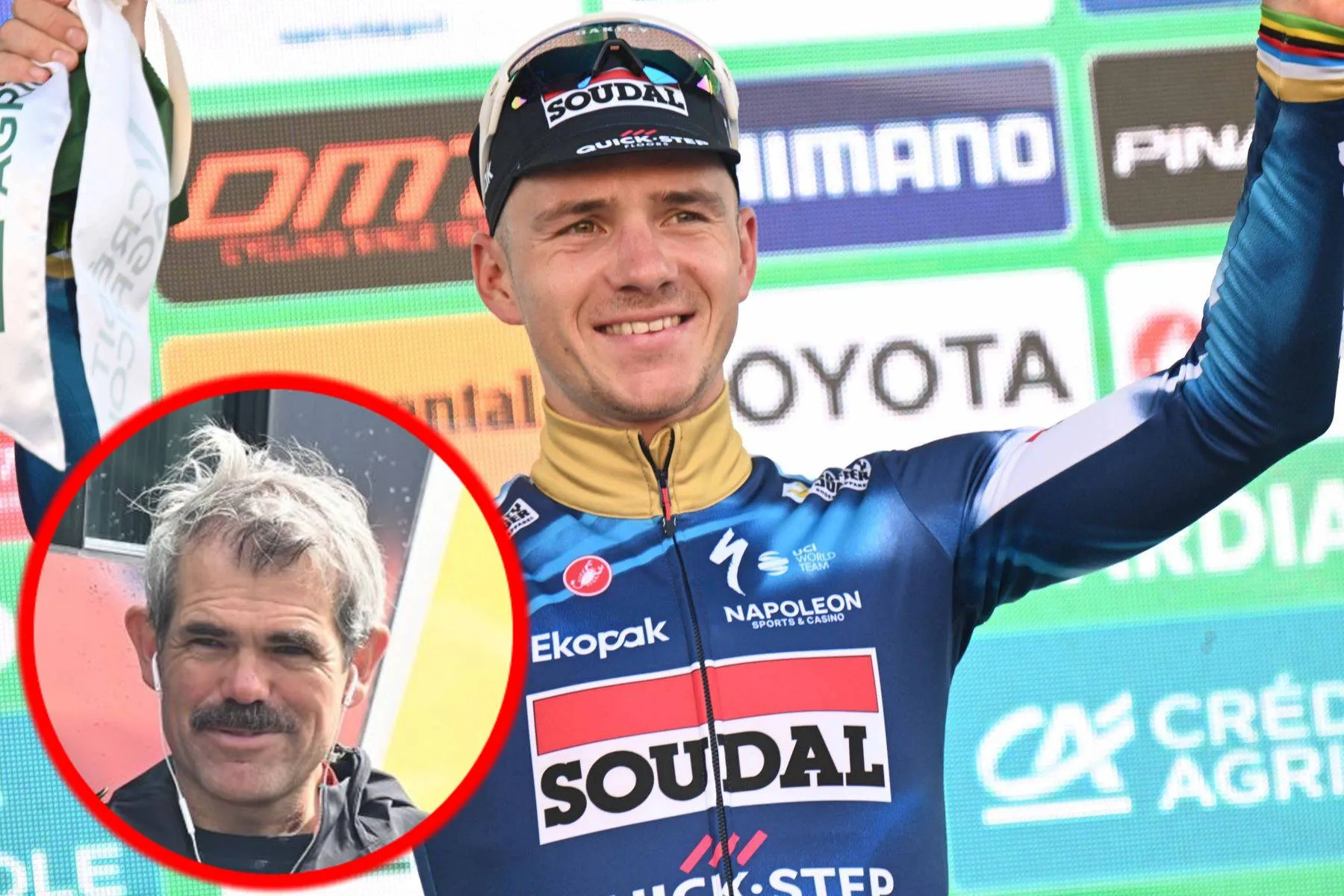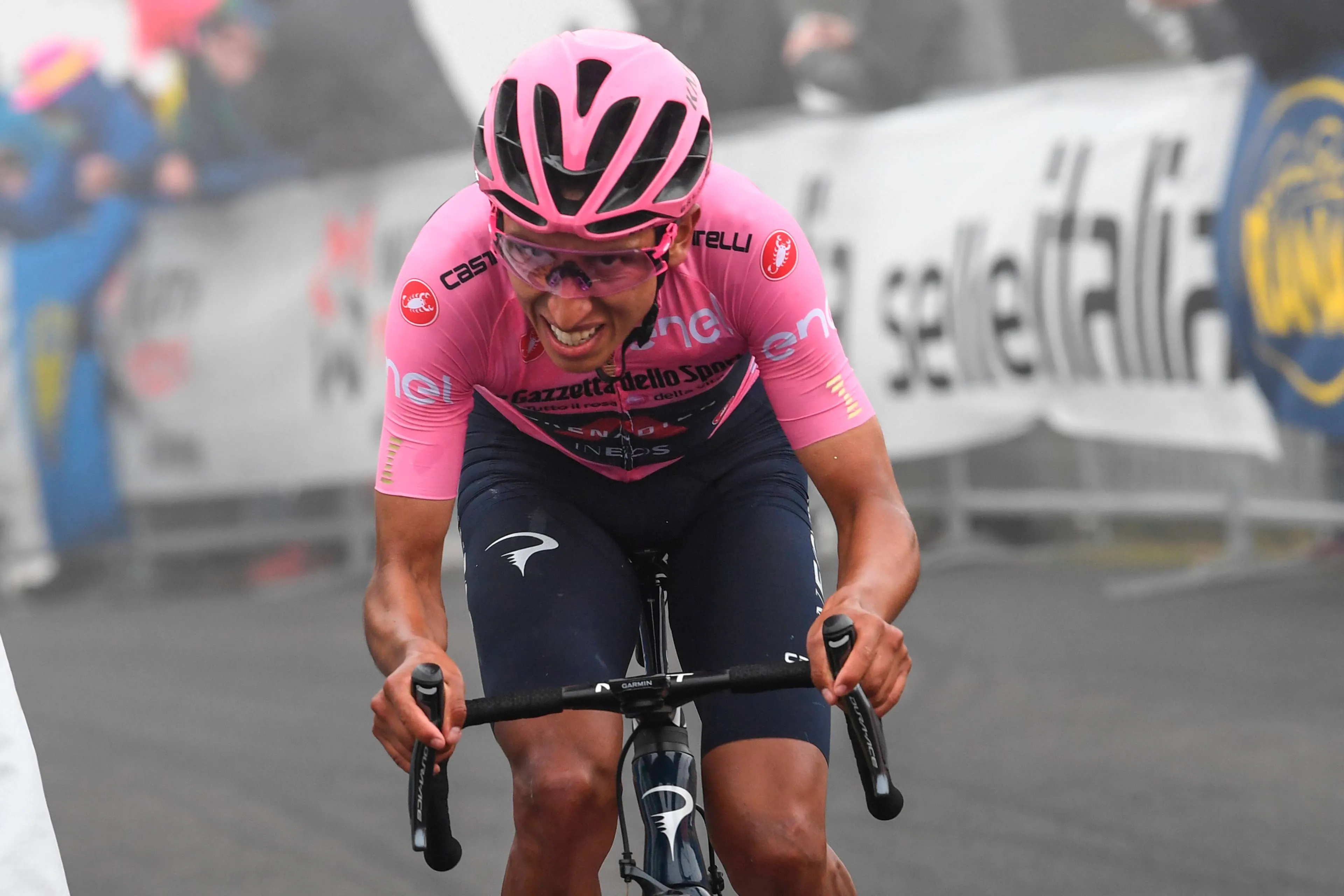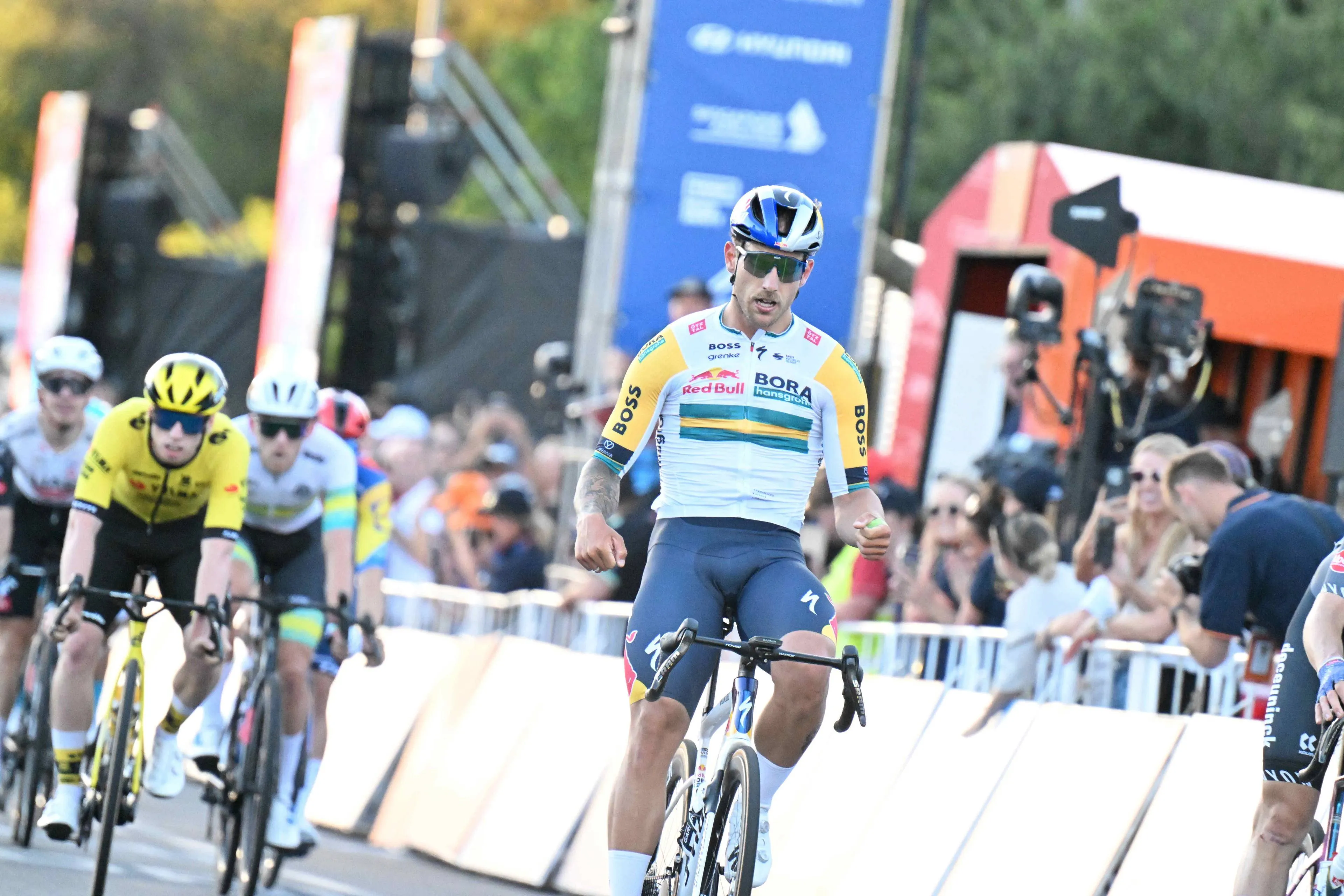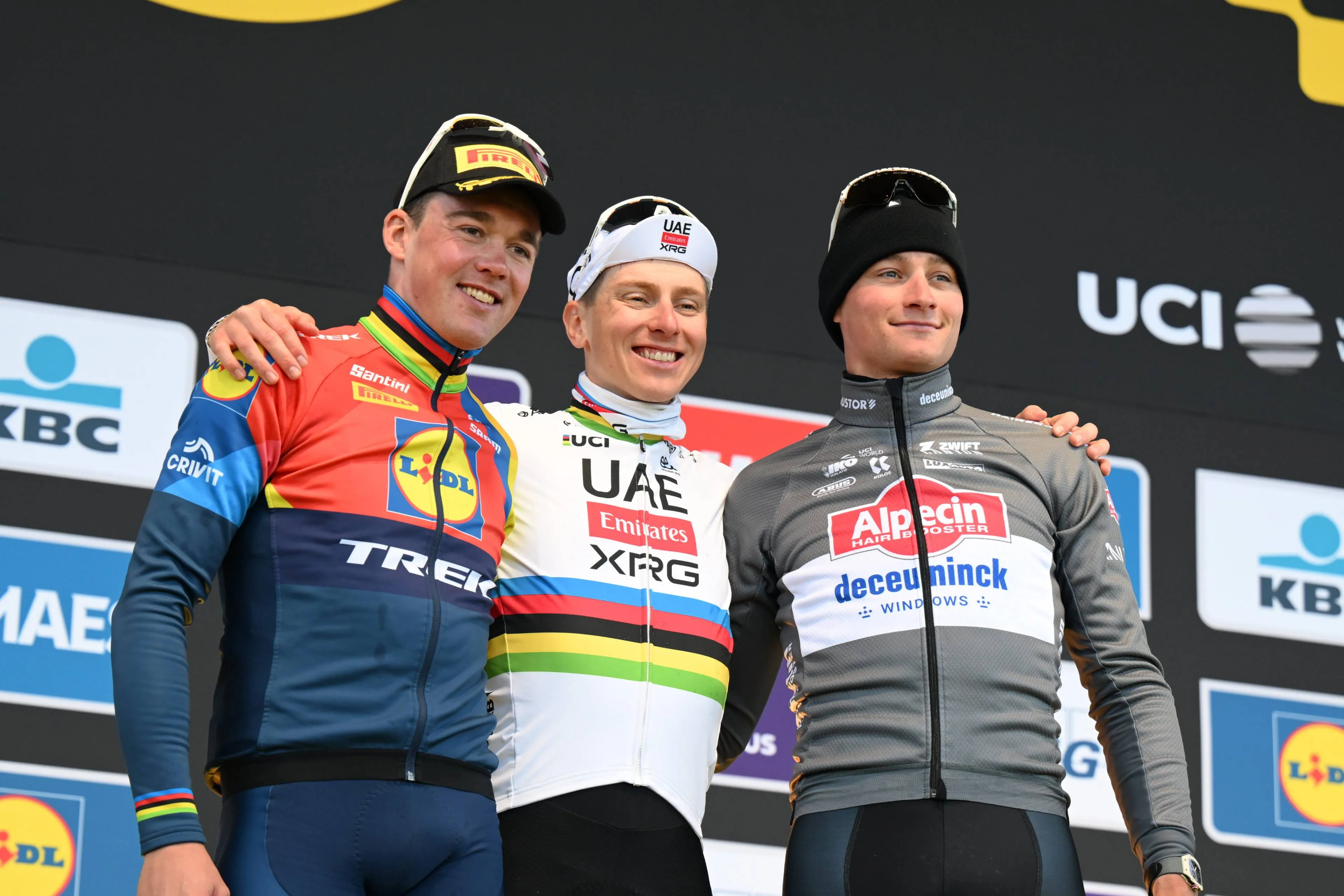ANALYSIS: 1000 days since Jonas Vingegaard cracked Tadej Pogacar and changed cycling forever
CyclingTuesday, 08 April 2025 at 15:00
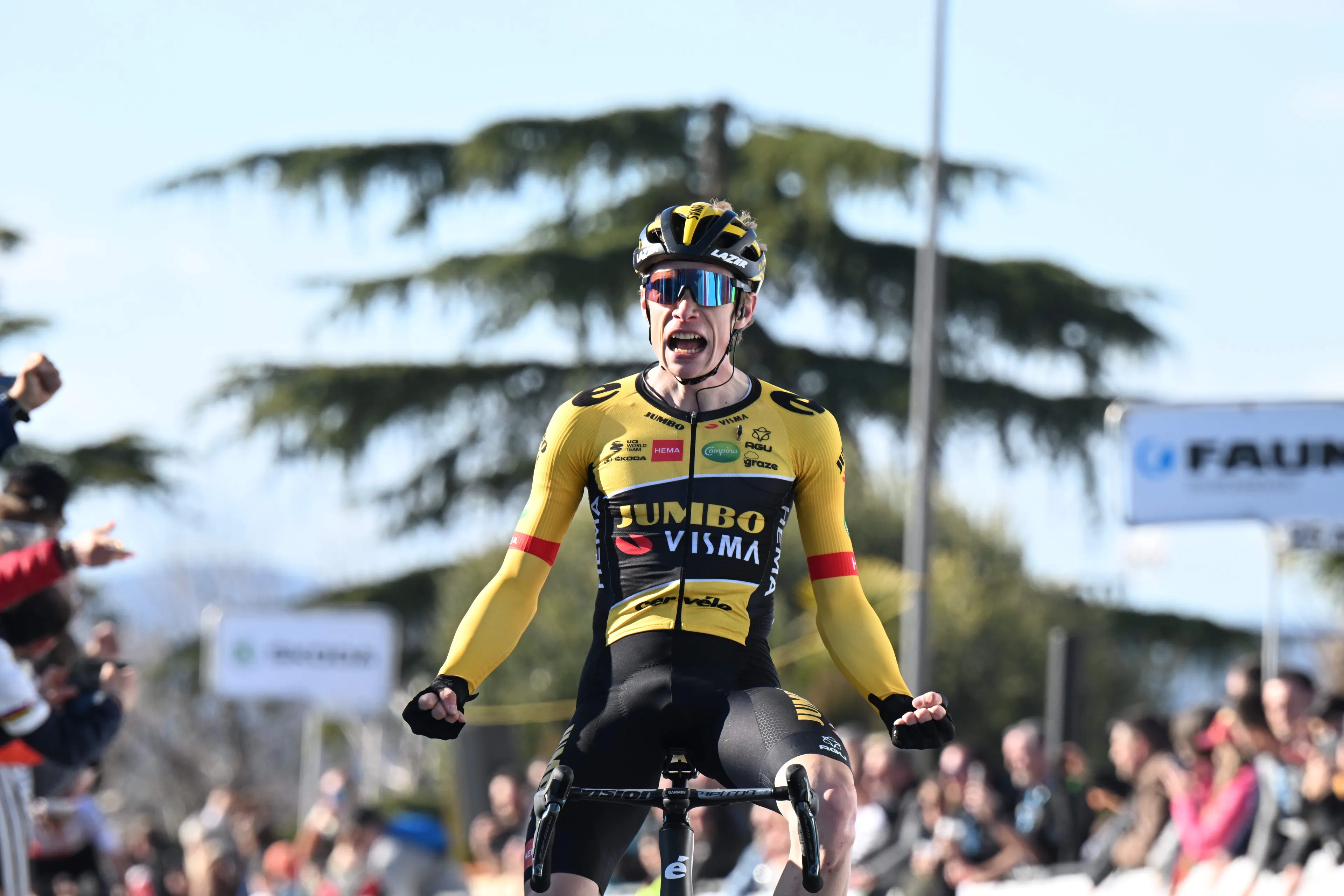
1000 days have passed since one of the most iconic Tour de
France stages of the modern era. On July 13th, 2022, Stage 11 of the Tour de
France ripped through the Col du Télégraphe and the Col du Galibier before
finishing atop the monstrous Col du Granon.
Read also
It was a day of pure carnage in the Alps, a day that marked
a changing of the guard. For the first time, Tadej Pogacar cracked.
And badly too.
The Slovenian prodigy, who had seemed untouchable in his
back-to-back Tour de France victories, finally looked mortal. The man who broke
him? Jonas Vingegaard, powered by a historic team performance from Jumbo-Visma,
now known as Team Visma | Lease a Bike.
That day now lives in cycling folklore, and any fan will
remember where they were watching that race. Not just because Pogacar lost
yellow, but because of the sheer tactical and physical domination by his rivals,
and the way in which he fell off the cliff.
Read also
It was a masterclass in strategy, and brutal climbing power,
one that reshaped the dynamics of modern Grand Tour racing and gave Vingegaard
the platform to become a two-time Tour winner.
Let’s review that fateful day in the summer of 2022.
Stage 11
The 151.7km route from Albertville to the summit of the Col
du Granon was always going to be pivotal, but no one could have predicted the
brutality of what unfolded.
Read also
Jumbo-Visma, knowing they had to unseat Pogacar, launched
their plan early. Primoz Roglic, despite being bruised from previous crashes,
went on the offensive from the Col du Télégraphe. Attacking relentlessly, he
forced Pogacar to chase again, again and again.
By the time the riders hit the Galibier, Pogacar had been
isolated, and UAE Team Emirates, weakened by illness and crashes, simply didn’t
have the numbers. Jonas Vingegaard remained calm, while Pogacar had burned
matches trying to mark every move. Wout van Aert had also played his part
earlier, dropping back from the break to pace Roglic and push the tempo.
Read also
At the summit of the Galibier, Pogacar still looked strong.
He even attacked, but was this simply to mask to his rivals that for the first
time, the fuel tank was going red?
The damage had already been done. The elastic was stretched.
The Granon
Then came the Col du Granon. A rarely-used monster climb,
the Granon had only once before appeared in the Tour, in 1986, when Eduardo
Chozas of Spani won the stage. The narrow road twists upward with long, exposed
ramps, and as the air thinned, so did Pogacar’s resistance.
Read also
With 4.5km to go, Vingegaard made his move. Pogacar tried to
follow. For a few pedal strokes, it seemed he might. But then, the unthinkable:
he sat down. His face twisted in pain. He had cracked. Hard.
It wasn’t just a few seconds lost, it was 2:51 minutes.
Pogacar rode in agony as one by one, GC contenders passed him: Geraint Thomas,
David Gaudu, Nairo Quintana. The yellow jersey was slipping away, and there was
nothing he could do. Vingegaard surged to victory, and with it, into the
maillot jaune for the first time in his career.
He would not relinquish it again.
Read also
Beating the King
Until that moment, Pogacar had appeared untouchable in Grand
Tours. He had won the 2020 Tour in miraculous fashion with his time trial on La
Planche des Belles Filles, and in 2021, he dominated from start to finish. He
attacked whenever he wanted, often gaining time in unexpected places.
But on Stage 11 in 2022, he showed vulnerability, and try as
he might he could not overcome Visma that year.
Read also
It also marked a turning point. Vingegaard had shown he
could not only match Pogacar but beat him. And Jumbo-Visma had shown that a
united, all-in team effort could take down cycling’s golden boy.
Much of the credit went to Jumbo-Visma’s strategic
brilliance, and the use of Roglic to force Pogacar into repeated chases was
key. So was the depth of their squad. Sepp Kuss played the perfect mountain
domestique, pacing Vingegaard when it mattered. Wout van Aert had already won a
sprint stage and the green jersey by that point but sacrificed his own chances
to help break Pogacar’s rhythm earlier in the day.
It was a day where everything clicked for the Dutch squad,
and everything fell apart for UAE Team Emirates.
Read also
The story since
Pogacar, to his credit, didn’t give up. He clawed back time
with a stage win on Peyragudes and another dominant victory on Hautacam. But
Vingegaard never faltered again. He sealed the Tour with a majestic ride on the
final mountain stage and a mature, measured time trial.
In 2023, Vingegaard destroyed Pogacar in the third week of
the Tour and the duo were tied on two yellow jersey’s each. Of course, in 2024,
Pogacar turned the tides with the greatest cycling season we have ever seen, as
he reclaimed his throne.
Read also
Just this past weekend, Pogacar destroyed a field of
classics legends to win the Tour of Flanders for a second time. Next weekend, he’ll
head to Paris-Roubaix in search of another monument win, before turning his
attention once again to the Tour this summer.
Right now, the world champion is the favourite to win just
about every race he starts this seaso
But remember, before stage 11 of the 2022 Tour, Pogacar was
deemed unbeatable. Many respected experts believed he would win every Tour for
year’s to come, until Vingegaard and Visma ripped up the script.
Read also
1000 days later, Stage 11 of the 2022 Tour remains the
benchmark. It was the day a new rivalry was born. The day Pogacar cracked. And
the day Vingegaard rose.
As cycling fans count the days to the next Tour, that one
alpine stage continues to echo through the sport. It wasn’t just about losing
yellow, it was the realisation that even the greats are human, and sometimes,
even the strongest legs can falter.
We will certainly never forget what was one of the greatest
stages of the Tour de France in history.
claps 7visitors 5
Just in
Popular news
Latest comments
- Boring to see a generational talent in your own life time? We should all feel privileged to see it. I certainly do. I feel the same when I see other once in a life time amazing guys in other fields rewriting the record books: Magnus Carlsen in chess and Shoei Ohtani in baseball. And the way they carry themselves.. humble and respected by their peers adds to their appeal.Santiago17-12-2025
- As a current or ex crosser, you should be asking yourself 'what is VDP doing that I'm not', instead of bellyaching that he's winning everything. It's not boring for me to watch an athlete, at the pinnacle of their career, absolutely pulverised the opposition. Whether it be Tiger Woods, Usain Bolt, Roger Federer or indeed our own Tadej Pogacar. Are cyclists really such a bitter breed that we see excellence as boring? Personally, I'm in absolute awe. Here's a question for Mr Wellens, how long will it take before Thibaut Nys becomes boring, after VDP has hung up his wheels?Pogthegoat17-12-2025
- Monotonous? Boring? Pundit? WTF?MajorPayne17-12-2025
- What a backwards step for this team. First the signing of Ayuso and now every chance of Derek Gee.whit2pet17-12-2025
- and also let’s hope he doesn’t have a wife that goes off on the team and riders.mij17-12-2025
- with all due respect to Welsford, what has he won to deserve the title “ace”. he is there in many sprints, but other than some nationals and maybe a 3rd tier race, he isn’t exactly a feared sprinter in the peloton. of course with the right team he could become a winner, but is Ineos the right team? Unlike a Quick-Step, Ineos is not exactly sprinter friendly. they don’t have a track record of developing winners at sprinting.mij17-12-2025
- Let's hope that he doesn't throw his tantrums on his teammates at Visma.
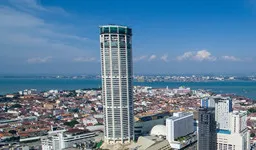 KerisVroom17-12-2025
KerisVroom17-12-2025 - Hopefully it's for more money than his previous year. That said, he also knows that 2 even younger riders with a potentially higher ceiling could replace him. So he's still fortunate to be part of a team that wins.Veganpotter16-12-2025
- No mention to their best cyclist? Paul Magnier. Save my words.
 PAULO16-12-2025
PAULO16-12-2025 - Surprising to write an article on future of Soudal and not even mention Paul Magnier who had a superlative year in 2025. Looking forward to seeing him progress in 2026.mobk16-12-2025
Loading
1 Comments




